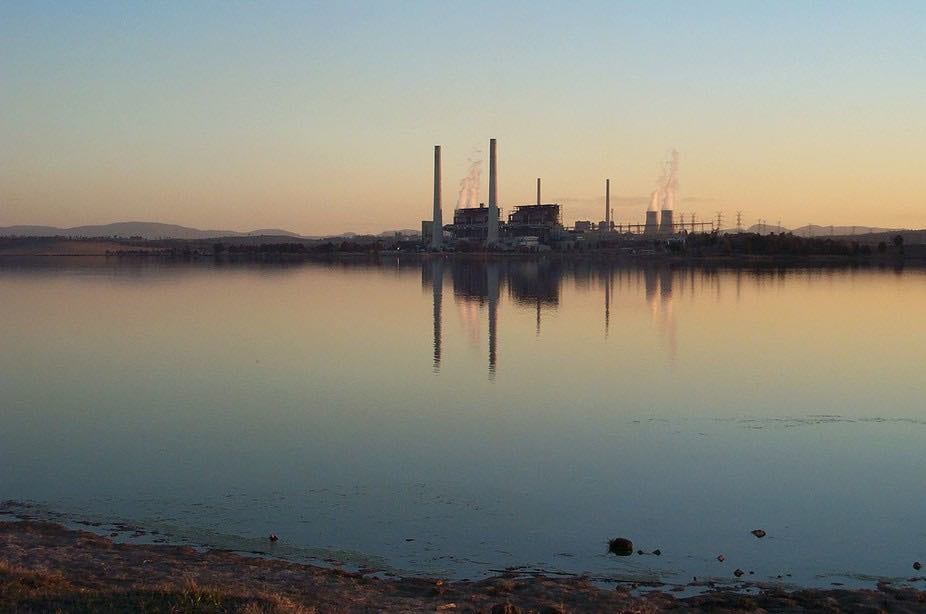AGL is taking the next step in its plans to replace the ageing and increasingly unreliable Liddell coal generator in NSW, and is about to seek expressions of interest (EOI) for around 500MW large scale wind farms.
The company plans to close Liddell in 2022, and said in December it would build around 1.6 gigawatts of wind and solar, plus some storage and other capacity, arguing that it would be significantly cheaper than keeping Liddell open, as the Coalition government had demanded.
More than half of that new wind and solar capacity is already spoken for – from the Cooper’s Gap and Silverton wind farms already under construction, and a contract for 300MW of large-scale solar with Moaneng, including the 250MW Sunraysia solar farm near Balranald in NSW.
The new initiative, or EOI, seeks another 500MW of wind, either in one project, or several large ones – minimum preferred project size is 200MW.
In an email to RenewEconomy, AGL said its preference was projects at an advanced development stage, with an ongoing wind monitoring regime, land agreements, development approvals and grid connection arrangements underway or already in place.
AGL will either invest directly or seek to negotiate contracts. Clearly, the EOI helps it to get the lay of the land. And that will be followed by a Request for Proposal (RFP) for shortlisted tenderers with subsequent due diligence and possible negotiation.
The closure of Liddell will signify the start of the long process of reversing AGL’s sudden switch in business models from green to black that occurred when it bought Loy Yang A in Victoria and Bayswater and Liddell in NSW a few years ago.
Those coal generators – it had none before – now account for 83 per cent of its total generation, and the bulk of its profits. With gas, fossil fuels account for 90 per cent of its output, and it intends to hang on to Bayswater until the 2030s, and Loy Yang possibly as late as 2048.
Those plans will largely depend on the scale of cost reductions in wind and solar, and the technologies that will make them “dispatchable” (i.e. batteries and pumped hydro) and which can provide grid security.
AGL’s plans also encompass some of those technologies, including a potential 300MW battery storage, an unspecified amount of pumped hydro, a 250MW fast acting gas plant, and some demand response.
Its assessment of Liddell make clear that these technologies are already cheaper than extending the life of ageing coal units.
Wind and solar were put at a combined cost of just $62/MWh, and the combination of 250MW of renewables, the same amount of battery storage capacity, and a small amount of demand response, at $83/MWh.
This compares to the cost of keeping Liddell open ($106/MWh), and by some out-of-date estimates from consultants to Snowy Hydro, anxious to justify the soaring cost of the Snowy 2.0 pumped hydro scheme, that renewables and storage would cost between $350/MWh and $750/MWh.
The reality of the cost cuts, and further investigation of how much storage would actually be needed, and when, is likely to define the pace of the rollout of new wind and solar farms, and batteries and pumped hydro, whether owned or contracted by AGL or others.
It remains to be seen what the Australian Energy Market Operator says in response to the AGL plans – it has been asked by Canberra to see if they would adequately replace Liddell, a request that seemingly ignores the workings of the market.
It also remains to be seen how the mooted National Energy Guarantee is finalised, and whether this would result in any requirements in NSW, which has a relatively low level of wind and solar, although it has a huge pipeline of potential projects.











